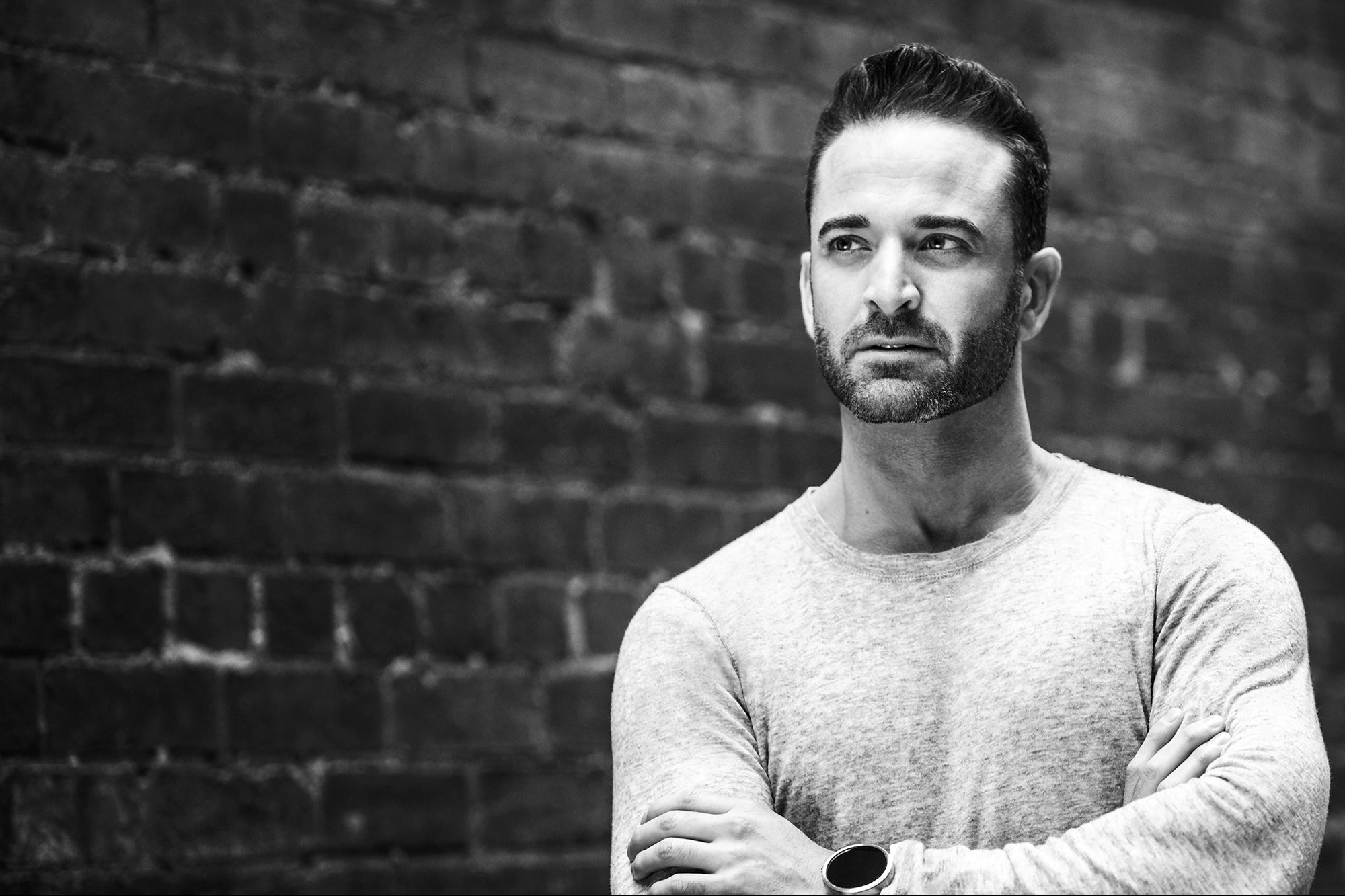Four Questions to Ask Before Setting a Price Before you figure out your pricing, figure out your business.
By Mark Stiving Edited by Dan Bova
Opinions expressed by Entrepreneur contributors are their own.
As a consultant helping businesses figure out pricing strategies, too often I see companies want to tinker with prices before understanding the overall strategies that should guide such decisions.
Basically, they put the cart before the horse.
Prices should always be based on how much customers actually value the products or services. But how can you know what that is when you don't even know what your business should be?
In the case of a mom-and-pop business owner -- someone who runs a convenience store or a tire shop or a restaurant -- the goal is to simply put food on the family's table. Such business owners obsess over how to get the most out of their pricing, but I also find they're prone to overlook the bigger picture.
You need to know your company strategy first. Your pricing strategy then follows your business strategy.
Related: How to Survive a Price War
Here are four strategic decisions small-business owners should make before they start tinkering with prices:
- What is your market position relative to the competition? Are you going to be high service or low cost -- or even something in the middle? Are you going to be the wine bar or the hot-dog stand down the street? Both types of businesses could potentially be gold mines. The question is whether there is a market for what's being offered. Once you figure that out, you want to have a consistent set of pricing that drives the strategy and attracts the desired customer base. If you go into a BMW dealer, and they normally sell cars that are $30,000 to $100,000 a piece, and they have a $10,000 car, you're thinking, "Something's wrong." There is a consistent set of pricing people have come to expect.
- Does repeat business matter? Are you trying to maximize each transaction, or are you trying to build a loyal set of customers who will come back again and again? If you're a taxi-cab driver, you're probably never going to see a client again. You charge what you can get away with. (That's why taxis are so heavily regulated.) But if loyalty is important, you charge a little bit less so customers walk away thinking, "I got a great deal. I'm going to come back." There are also other pricing strategies -- loyalty cards, or "buy 10, get one free" cards -- where you're generating loyalty and repeat business.
Related: Four Rules for Pricing Products
- Do you want to offer free or discounted stuff? Some business owners decide to use "freemiums" or loss leaders to set up customers for eventual sales. With a freemium, a business owner says, "I am giving something away for free, perfectly functional, because I believe a certain percentage of people will want to buy the next level up." If you're using LinkedIn, you're probably using it for free, but there are few people like me who pay for a membership because we get a few more features. A "loss leader" is a product sold at cost or low margin that's used for similar purposes. Grocery stores, for example, advertise milk as a low-price item, because people often pick their grocery store based on the price of milk, and then they place the milk in the back corner. Be careful, though, getting yourself stuck selling goods or services at a loss; avoid shipping money out the door.
- When you have a set of products, there are people who are very price sensitive, and there are people who don't care about price. The people who are price insensitive, you want to get as much money out of them as you can. And the people who are price sensitive, you still want to win their business. Think of it as first class and coach on an airplane. With the most successful products, there are usually different versions that target different subsets of customers. Even if you're a low-cost place, you still want that range. Notice that McDonald's has a good-better-best range of products.
No matter what, don't rush to lower prices -- because it will be extremely difficult to raise them down the road. Think out your business strategy first.










